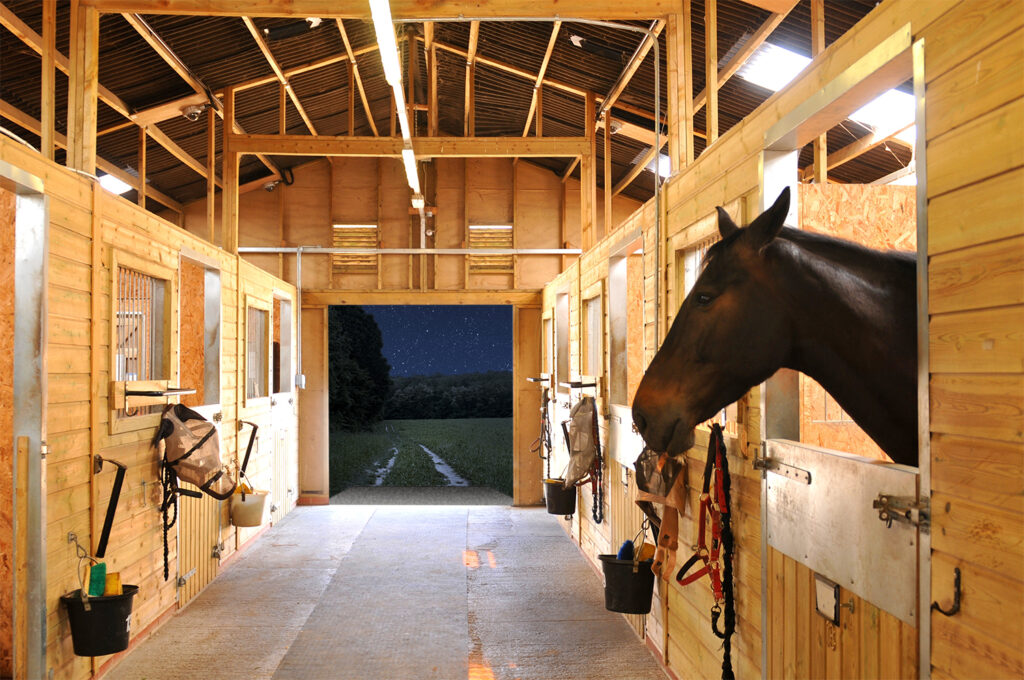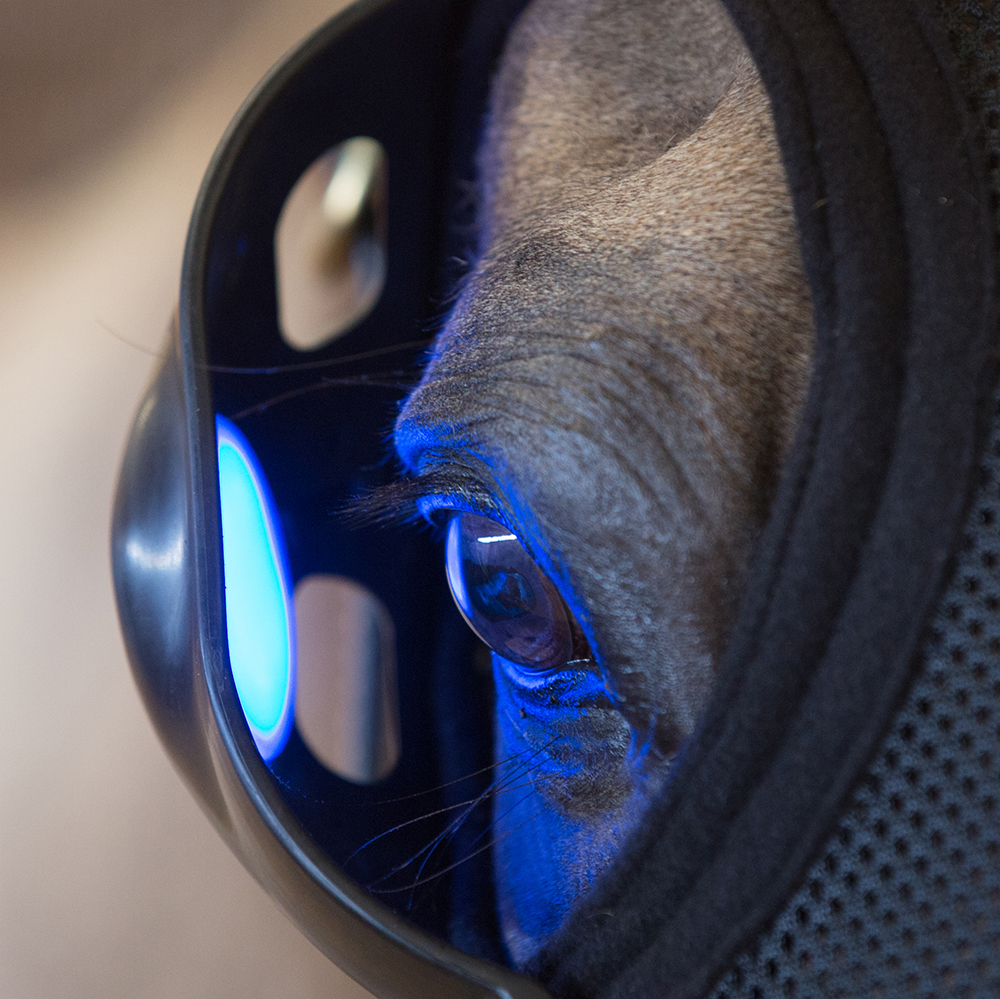Jacqueline Giles, DVM

Horses are what we call long day breeders, meaning that mares reproductively cycle during the time of year when the days are longer (April through August). During the winter when the days are short most mares enter a state of anestrus where they do not cycle and therefore cannot become pregnant. The transition period between anestrus and fertile cycling can take up to 2 months or even longer in some horses and usually does not start until early spring. This means that when left to normal conditions most mares are not fully cycling with the ability to become pregnant until mid-April to early May or sometimes even later.
Disciplines such as racing prefer foals born earlier in the year, so that they are born closer to the January 1st birthdate. Many of us down here in South Florida also prefer the earlier breeding and foaling dates when heat stress is less likely to cause an issue. So, if mares are not usually fertile until late spring, how do we get those earlier foals?? Well, we manipulate their normal cycling schedule by making their reproductive system think that it is later in the year than it actually is. There are numerous injectable hormone protocols proposed over the years which have varying success and can be quite expensive. Then there is the less invasive and many times more reliable way of using artificial lighting which is commonly referred to as putting the mare “under lights”.
Mares are long day breeders because their reproductive cycle is determined by the amount of daylight vs dark they are exposed to. The idea behind the artificial lighting is to trick the mare’s body into thinking it is already spring time. This is so the mare enters into the transition period before she naturally would, and starts her fertile heat cycles in February/March rather than April/May. This is done by ensuring that she is exposed to 16 hours of uninterrupted light every day starting on December 1st (or as soon as possible after that if hoping to breed in February). Since we do not get 16 hours of daylight this time of year the artificial lighting is used to make up the remaining hours of light needed.
Interested? Here’s how…
Studies have shown that adding artificial light to the end of natural day light is more effective than adding it on before the sun comes up. Also, there can be no delay between the natural and the artificial light. Therefore, you must have your artificial lights on before or at the time that the sun starts to go down. This is usually accomplished using timers which automatically turn the lights on and off, based on the hours of natural daylight. Timers help prevent human error, such as when someone “forgets” or “is delayed getting to the barn” to turn the lights on or off; these errors can easily lead to failure of your entire lighting protocol. The general rule of thumb to achieve 16 hours of light a day is for the lights to turn on slightly before dusk and to be turned off at 11pm.

The degree of light is also crucial for success. There must be a minimum of 10-foot candles of light everywhere within the stall. In easier terms to understand, you must be able to read a fine print newspaper everywhere within the stall; there cannot be any dark corners where the mare can hide from the light. This can be accomplished using 100- or 200-watt light bulbs above or within the stall. Either fluorescent or incandescent bulbs can be used, it just needs to be bright enough to meet these criteria.
This lighting protocol takes 60 to 70 days or sometimes longer before mares start to fully cycle with the ability to become pregnant. Because of this time line, we recommend starting on December 1st (or as soon after as possible) and should be maintained until April 1st at minimum (or until she is pregnant if prior to April 1st). If the lighting is discontinued before this time, some mares will revert back into a state of anestrus and you will be back to where you first started.
Late-winter and early-spring post-foaling mares can also revert to a state of anestrus without intervention. So, if you have a pregnant mare, that is due to foal between January and April and that you intend to breed back immediately, you should strongly consider putting her under lights.
Is your mare on pasture full time? Is she boarded at a facility that does not allow you to keep the lights? Not able to install lights directly over her stall? Consider a different approach.
Over the past several years a new method of putting mares under lights has grown in popularity and has been shown to have similar success rates to the traditional stall lights method. The company “Equilume” offers the Equilume Light Mask, an individual headpiece for horses that provides timed, low level blue light to a single eye, permitting outdoor maintenance of horses in their natural environment. This smart technology is designed to influence a mare’s reproductive system.

Masks like these can cost a pretty penny up front to purchase, but when taking into consideration the cost of installing lights over your stalls, the increased cost of electricity, the cost of labor and shavings if your mare now spends more time stalled, or if your horses housing situation makes stall lighting impossible, the money to purchase these masks can be well worth it.
If you have questions about putting your mare under lights or any other reproductive topic, please call Reid and Associates Equine Clinic at 561-790-2226 and ask to speak with one of our reproductive veterinarians. We are always happy to answer any questions and look forward to speaking with you.
